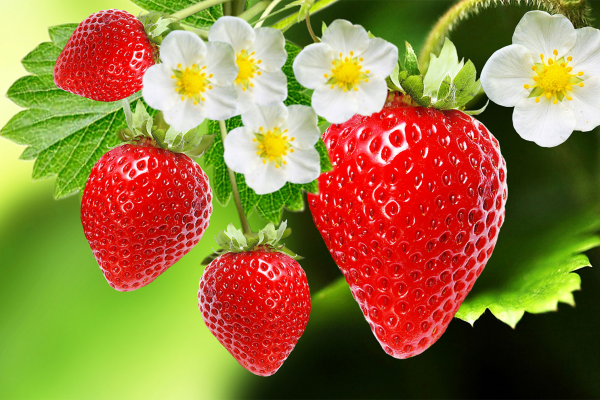
The Garden in May
May is an important time in the flower garden. Essential tasks include planting, watering, mulching, feeding, dead heading, plant protection, tying up, topping up the compost heap and raising some exotic flowers from seed
1 .Planting Out
-This is the main time for planting out annuals to give good summer displays in the flowerbeds and terrace pots . The easiest plants are: Petunias, busy lizzies, and fuchsias. gazanias, geraniums, portulacas
2 .Watering
-Watering will need to be increased as the weather heats up . Especially if we have no spring storms .
-Turn up the frequency of watering system’s and check that all nozzles flow freely.
-Ensure that annuals planted during March and April are not allowed to dry out slowing there growth and bud development .
-Ensure that any newly planted annuals and perennial plants are waterd every day or every second day , depending on the temperatures and the exposure of your garden and drying winds
3 .Mulching
-Ensure that any shrubs planted out during March and April are well mulched .
-Mulch around sweet peas with well-rotted compost.
-Mulch heavily any hedges or trees planted since last autumn .Preferable with well-rotted compost or manure .This will help prevent the soil around the root balls from drying out as well as adding beneficial nutrients .
-Mulch around delicate small cacti and rockery plants with a centimetre of course a grit or lava chippings .
-If not done earlier ,clear any dead leaves and twigs from around the base of your roses and mulch well with horse manure .Our experience is that this is more effective than using a propriety rose feed , as the manure feeds as well as protecting roots from the scorching sun .This is particularly important with any first year bushes you may have started from cutting .
4 .Dead Heading
-Deadhead plants as flowers die back to ensure that energy goes into production of new flowers rather than seed heads .The only exception being to leave a few flowers to ripen if you plan to collect you own seed for next year. Early flowers are said to produce the most reliable and strong seeds as they develop and dry under ideal conditions.
-If you deadhead early flowering plants such as poppies and hollyhocks you can extend their flowering season considerably.
-Cut back roses to a new outward facing bud.
-Pick bunches of sweet peas for the house .This will stimulate a longer flowering period.
5 .Plant Protection
-Watch out for emergent black fly ,whitefly , moth ,butterfly and caterpillar damage ...and of course any invasion of slugs or snails.
-Spray against blackfly and whitefly with a dilute solution of potassium soap or neem, a natural extract from south East Asian tree.
-Spray against moths, butterflies and caterpillars with garlic sprays.
-Preferably use snail traps , or other ecological methods to reduce /prevent slug damage . As a last resort use slug pellets.
6 .Tying Up
-Tie up climbing plants such as honeysuckle, sweet peas and passionflowers as they grow .
-Tie in climbing and rambling roses to a pergola or frame. Likewise with tall bougainvillea’s.
7 .Topping Up the Compost Heap
-Ensure that any soft cuttings, flower heads and kitchen vegetable waste are added to compost heap.
-Keep the composting material moist and accelerate with fresh manure or an accelerator
8 .Raising Exotic Plants from Seed
The temperatures in May/June are ideal for germinating seeds from other Mediterranean areas or sub-tropical areas. Now is a good time to raise some exotic plants from seed. Ambient temperatures will be at the level required for good germination with no need for electrically heated propagator or heated greenhouse.


